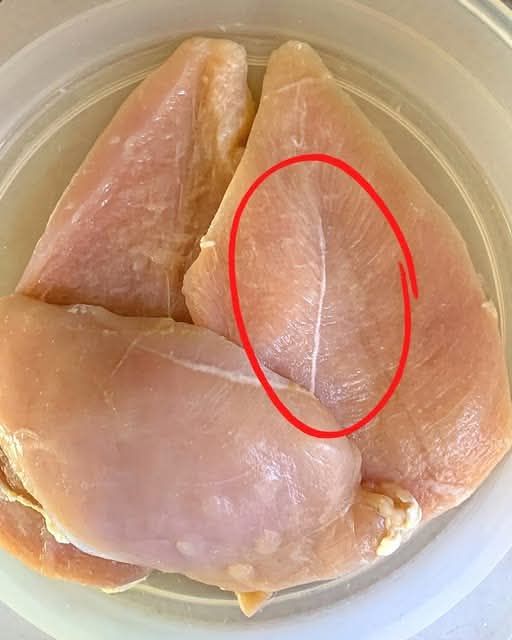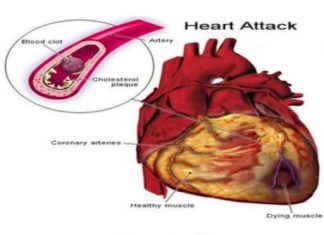White striping is a condition observed in chicken meat, characterized by the presence of white streaks running parallel to the muscle fibers, primarily in the breast area. These streaks are essentially fat deposits that replace muscle tissue, resulting in noticeable white lines on the meat’s surface. This phenomenon has become increasingly prevalent in recent years, raising concerns among consumers, nutritionists, and animal welfare advocates.

Causes of White Striping
The primary cause of white striping is the selective breeding of broiler chickens for rapid growth and increased breast muscle mass. Modern agricultural practices have focused on producing chickens that grow larger and faster to meet the high demand for poultry meat. This accelerated growth rate can outpace the development of the bird’s vascular system, leading to inadequate blood supply to the muscle tissues. As a result, muscle fibers degenerate and are replaced by fat and connective tissue, manifesting as white striping.
Studies have shown a strong correlation between the growth rate of chickens and the incidence of white striping. For instance, fast-growing breeds like the Cobb 500 and Ross 308 exhibit significantly higher rates of white striping compared to slower-growing breeds. This suggests that the genetic selection for rapid growth plays a pivotal role in the development of this condition.
Prevalence of White Striping
The prevalence of white striping has seen a marked increase over the past decade. In 2012, studies indicated that approximately 5% of chickens exhibited signs of white striping. However, more recent studies have reported that over 90% of chickens show some degree of this condition. For example, a 2016 study examining 285 birds found white striping in 96% of them. This trend is not confined to the United States; similar patterns have been observed in countries like Italy, France, Spain, and Brazil, where up to 50% of chicken breasts were found to contain white striping.
Impact on Nutritional Value
White striping adversely affects the nutritional profile of chicken meat. Research has demonstrated that chicken breasts with severe white striping can have up to 224% more fat and 9% less protein than those without the condition. This alteration diminishes the meat’s nutritional quality, making it less desirable for consumers seeking lean protein sources. Additionally, the increased fat content may affect the meat’s flavor and texture, potentially leading to a less satisfactory culinary experience.
Safety and Consumption
Despite the changes in nutritional composition, chicken meat affected by white striping remains safe to eat. The National Chicken Council has stated that white striping is a quality issue rather than a food safety concern. However, the altered texture and appearance may influence consumer preferences, with some individuals opting to avoid such products.
Animal Welfare Considerations
The emergence of white striping raises significant animal welfare concerns. The rapid growth rates that contribute to this condition can lead to various health issues in broiler chickens, including skeletal problems, cardiovascular diseases, and reduced mobility. These health challenges not only affect the birds’ quality of life but also raise ethical questions about intensive poultry farming practices. Animal welfare organizations argue that the high prevalence of white striping is indicative of the broader issues associated with industrial-scale chicken production.

Mitigation Strategies
Addressing the issue of white striping involves re-evaluating current poultry breeding and farming practices. One approach is to shift towards slower-growing chicken breeds, which have been shown to have a lower incidence of white striping. Implementing better management practices, such as providing more space and improved living conditions, can also contribute to reducing stress and promoting healthier muscle development in chickens. Consumers can play a role by supporting farms and brands that prioritize animal welfare and sustainable practices, thereby encouraging the industry to adopt more humane and health-conscious methods.
Conclusion
White striping in chicken meat is a multifaceted issue stemming from modern poultry farming’s emphasis on rapid growth and high yield. While it does not pose a direct food safety risk, it compromises the nutritional quality of the meat and highlights significant animal welfare concerns. Addressing this issue requires a concerted effort from industry stakeholders, policymakers, and consumers to promote practices that ensure both the health of the animals and the quality of the meat products.

















